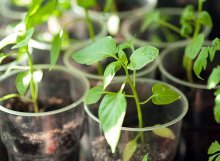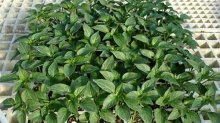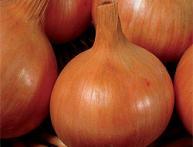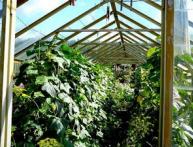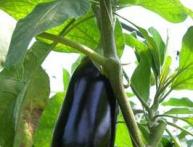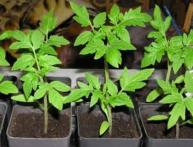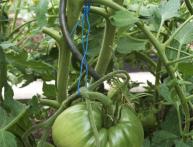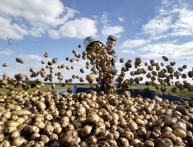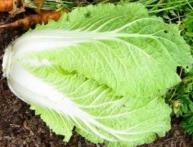The most favorable days for planting peppers. Features of growing crops
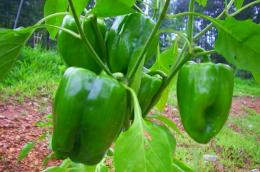
Sweet (Bulgarian) pepper is considered one of the most favorite crops among gardeners and gardeners. The variety of varieties of this vegetable allows you to choose an option for every taste, but in order to get a really good harvest, you need to know about some of the nuances of growing and caring for it.
Content:
Planting pepper seedlings
Pepper, which is native to South America, loves heat very much. Therefore, in the conditions of our latitudes, the agricultural technology for growing this crop involves preliminary sowing of seeds for seedlings, even for the southern regions. This work begins at different periods depending on the climatic conditions of a particular area.
So, the most favorable days for planting pepper in the south of Russia are the end of February (during the waxing days of the moon in accordance with the lunar calendar). For mid-latitudes, the best time for this work is considered to be the second half of March and the beginning of April.
Moreover, time sowing seeds It also depends on the conditions in which the peppers will be grown in the future: in a greenhouse or in open ground. It should also be noted that early planting of pepper seeds for seedlings requires additional lighting.
You should not expect quick germination of pepper seeds. On average, this may take from 2 to 2.5 weeks. Moreover, the longer the seeds were stored, the longer this period will last.And four-year-old seeds may not give any result at all.
Good advice! To select the healthiest and full-bodied seeds, they need to be dipped in a weak solution of table salt for 5 minutes. Those seeds that remain floating on the surface should be discarded. The best specimens will sink to the bottom.
Further preparation of seeds for planting consists of soaking them for 5 hours, after which they are wrapped in a paper napkin and placed in a plastic bag. This package must be placed in a warm place and wait until the seeds will begin to sprout.
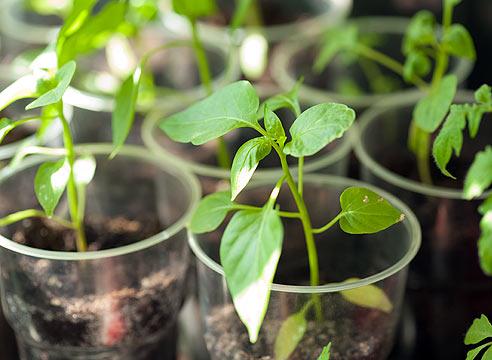
For seedlings to develop well, they need to create certain conditions. It is necessary to observe the temperature regime - 250C during the day and 150C at night, monitor the air humidity (to do this, often ventilate and spray the room, protecting the sprouts from drafts). Peppers will not be very happy with soil that is too wet, but you should not overdry the earthen ball. Watering should be done with warm water at room temperature.
Planting peppers in the ground
- When the seedlings have 8-10 leaves and stretch up to 16-20 cm, they can be transplanted into the ground. By this time the soil should warm up to 150C. The most favorable days for planting peppers in the ground: late May and early June.
- Before planting in the soil The seedlings should be “accustomed to the sun.” If you replant it without pre-hardening, you can achieve complete destruction of the green part. The seedlings will spend at least 2-3 weeks recovering from the roots.
- Experienced gardeners prepare the soil for peppers a year before growing. The best predecessors of pepper are zucchini, pumpkin, cucumbers, and onions. You should not plant peppers where eggplants, potatoes, tomatoes and eggplants were previously planted.
- In autumn, 50g should be introduced deep into the soil. phosphorus and potassium fertilizers, and in the spring ammonium nitrate (40 g) is introduced only into the top layer of soil. A week before planting the seedlings, it is advisable to carry out a procedure for disinfecting the soil with a solution of copper sulfate (1 tablespoon per bucket of water).
- The seedlings are planted in the ground according to a 40x40cm pattern, approximately at the same depth at which the seedlings were sitting in the box. In this case, the roots should not remain bare, and the root collar should not be buried.
The peculiarity of pepper is its high ability to cross-pollinate, so for different varieties you should prepare beds at different ends of your garden (for example, if sweet and bitter peppers are planted side by side, most likely the sweet variety will be bitter).
Caring for peppers in a greenhouse
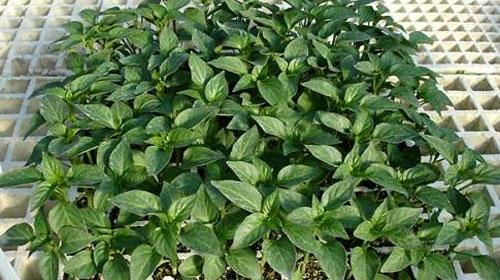
The most favorable days for planting peppers in an unheated greenhouse are in early April. For tunnel shelters this period is extended until the end of May.
Pepper seedlings are planted in a greenhouse in two rows in a bed with a distance of 40cm between them. If it is not possible to create beds, the seedlings are placed in separate pots with a diameter of at least 25 cm and a depth of 10-15 cm, necessary for the normal development of the root system. The seedling is transplanted very carefully along with a lump of earth. You can plant two plants in one pot.
In order to achieve a high-quality harvest in a greenhouse, it is necessary to constantly maintain certain conditions in it:
- Firstly, it is important to observe the temperature regime. Before flowering, this indicator should correspond to a value not lower than 240C, and after flowering the temperature can be raised to 280C.
- Secondly, it is very desirable to water the plants in a timely manner: at least once every 3 days.
- Thirdly, do not underestimate the importance of fertilizing. This is especially true for those seedlings that grow in pots. You can feed peppers with an aqueous solution of ready-made fertilizers (ammonium nitrate 20g, superphosphate 30g, calcium chloride 10g), or slurry, or wood ash.
As the plant grows, it is fertilized once every 2 weeks. Thus, the plant will promptly receive the required amount of nitrogen and phosphorus, without which it may die.
To rid peppers of certain diseases, the likelihood of which is very high when grown in a greenhouse, it is necessary to periodically loosen the ground.
The formation of fruits puts a lot of stress on the stem, so the plant should be tied up. You can use ordinary wooden sticks as supports. Ripe fruits should never be picked, but carefully trimmed.
Knowing about all these nuances and carefully monitoring the health of the plants, you can achieve very good pepper yields, both in the greenhouse and in the open ground.
All the subtleties of planting bell peppers on video:
Interesting information about the vegetable garden

